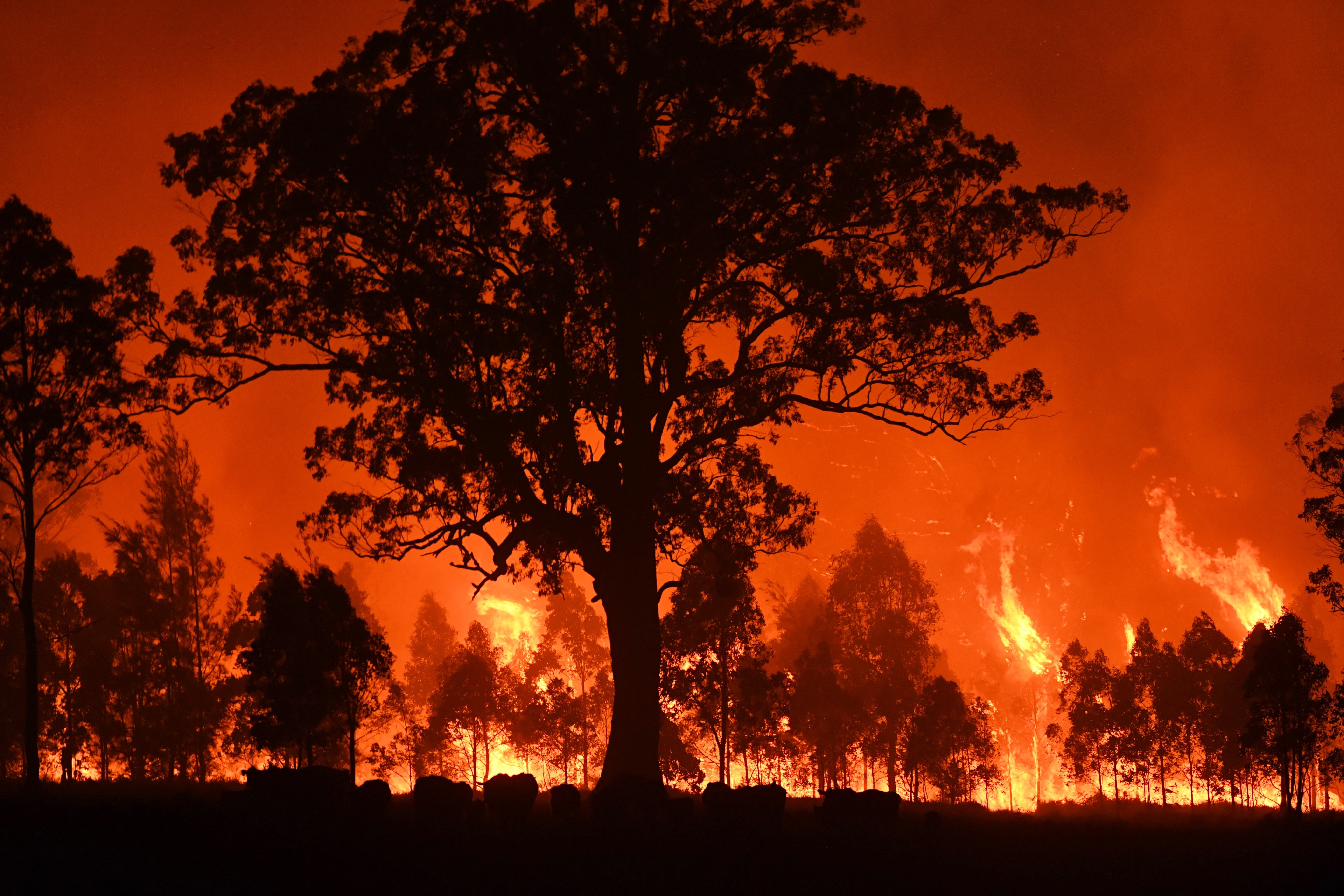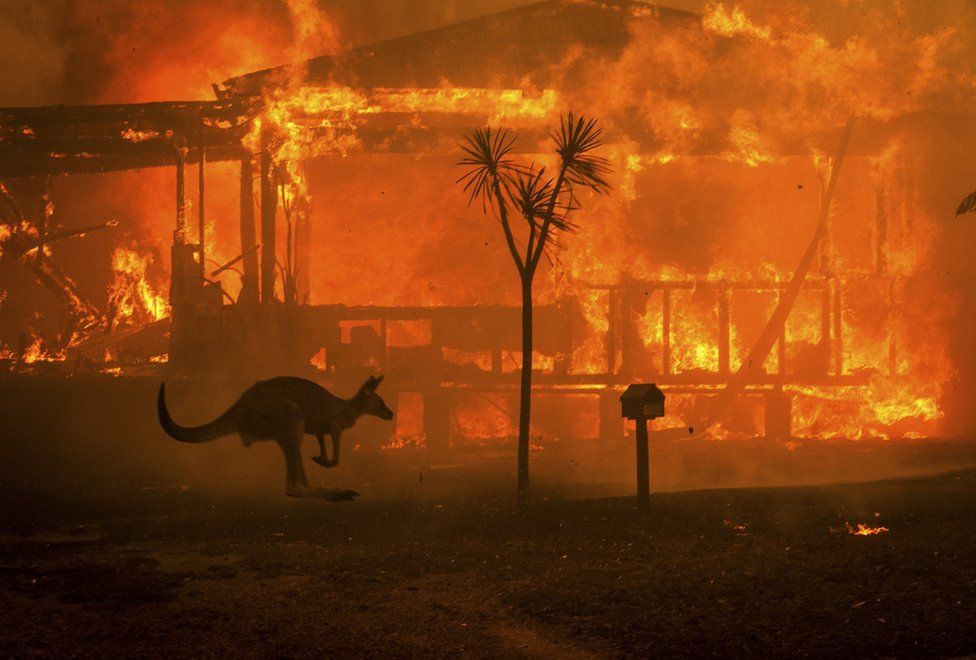Exactly How BAL Record Impacts Bush Fire Defense Measures
In the world of bush fire defense, the Structure Assault Degree (BAL) record stands as a critical device that substantially affects the security and resilience of homes in fire-prone locations - BAL Report. The influence of a BAL analysis extends much past mere documents; it works as the foundation for figuring out the suitable building criteria and fire protection steps essential to reduce the threats presented by bushfires. As neighborhoods grapple with significantly extreme fire seasons, recognizing just how the BAL report forms these protective actions ends up being critical for contractors, policymakers, and property owners alike
Comprehending the Bushfire Assault Level

Importance of BAL Report Assessment

Furthermore, the BAL record evaluation functions as a foundational action in adhering to lawful responsibilities and needs associated to bushfire security. Local councils and authorities commonly mandate the entry of a BAL record as component of the planning and building approval procedure to ensure that buildings are sufficiently guarded versus bushfire dangers. Failing continue reading this to conduct a detailed BAL record assessment can cause inadequate defense actions, leaving properties at risk to ravaging bushfire occurrences.
Construction Standards Based on BAL
A thorough understanding of the Bushfire Attack Level (BAL) enables building owners to execute building and construction criteria tailored to their particular danger account. Building and construction criteria based on BAL are crucial in reducing the impact of bushfires on residential or commercial properties. The BAL ranking categorizes the potential risk a building faces during a bushfire on a scale from BAL-Low to BAL-FZ (Flame Zone)
Implementing Fire Protection Steps
With the foundation of building and construction criteria based on Bushfire Attack Degree (BAL) in location, the emphasis now changes in the direction of the functional execution of fire protection actions to strengthen properties versus bushfire threats. Passive steps include using fire-resistant building products, mounting ash guards on vents, sealing voids in walls and roofs, and maintaining a clear room around the residential property free from helpful site flammable greenery. By integrating both passive and active techniques, residential properties can significantly lower their susceptability to bushfire incidents and check this site out enhance the safety and security of owners.
Shielding Homes Against Bushfires
Properly protecting homes against the devastating effects of bushfires calls for a comprehensive and aggressive strategy to fire security procedures. In addition, securing spaces and vents to stop ash invasion, as well as incorporating fire-resistant doors and home windows, can help strengthen the home's defense against bushfires. By embracing a positive stance and integrating these protective measures, homeowners can dramatically enhance their possibilities of securing their homes against bushfires.
Conclusion
In conclusion, the Bushfire Strike Level (BAL) report plays a crucial function in establishing the essential defense actions versus bushfires. Implementing fire defense actions based on the BAL record is important in protecting residential properties from potential bushfire risks.
In assessing bushfire threat to properties, understanding the Bushfire Strike Degree (BAL) is a crucial part for implementing efficient defense procedures. In general, a clear understanding of the Bushfire Attack Level is essential for carrying out adequate defense procedures and minimizing the impact of bushfires on residential or commercial properties.
